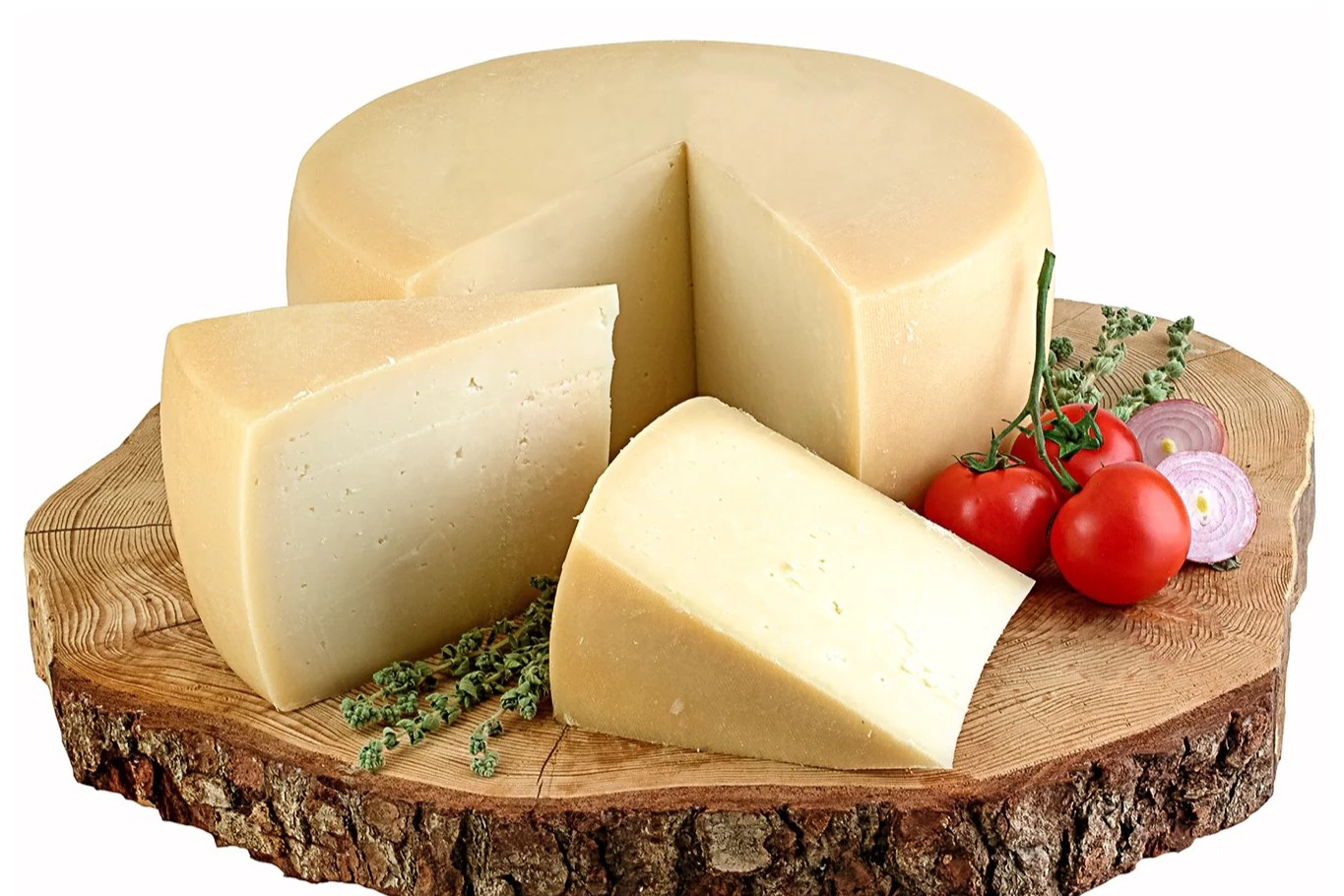
Kasseri cheese is a delicious, semi-hard cheese that hails from Greece. Made primarily from sheep's milk, sometimes blended with goat's milk, it boasts a unique, slightly tangy flavor. This cheese is a staple in Greek cuisine, often used in dishes like saganaki or grated over pasta. Aged for at least four months, Kasseri develops a firm texture and a pale yellow color. Its versatility makes it perfect for melting, grilling, or simply enjoying on its own. Curious about more details? Here are 32 fascinating facts about Kasseri cheese that will make you appreciate this Greek delight even more.
What is Kasseri?
Kasseri is a semi-hard cheese made from sheep's milk or a blend of sheep and goat milk. It has a unique flavor and texture that makes it a favorite in Mediterranean cuisine. Let's dive into some fascinating facts about this delicious cheese.
-
Origin: Kasseri hails from Greece, specifically from the regions of Thessaly, Macedonia, and Lesbos.
-
Name: The name "Kasseri" is derived from the Turkish word "kaşar," which means cheese.
-
PDO Status: Kasseri has Protected Designation of Origin (PDO) status in the European Union, ensuring its authenticity and quality.
-
Milk Source: Traditionally, Kasseri is made from unpasteurized sheep's milk or a blend of sheep and goat milk, with goat milk not exceeding 20%.
-
Texture: This cheese has a semi-hard texture, making it perfect for slicing and grating.
-
Aging Process: Kasseri is aged for at least four months, which helps develop its distinct flavor and texture.
-
Flavor Profile: The taste of Kasseri is mild, slightly salty, and buttery, with a hint of sweetness.
-
Color: Kasseri has a pale yellow color, which comes from the natural carotene in sheep's milk.
-
Melting Point: Kasseri has a high melting point, making it ideal for grilling and baking.
-
Versatility: This cheese is versatile and can be used in various dishes, from sandwiches to traditional Greek recipes.
How is Kasseri Made?
The process of making Kasseri is both an art and a science. It involves several steps that contribute to its unique characteristics.
-
Curdling: The milk is heated and then curdled using rennet, a natural enzyme.
-
Cutting the Curd: Once the curd forms, it is cut into small pieces to release the whey.
-
Heating: The curds are then heated again to a higher temperature to firm them up.
-
Draining: The whey is drained off, leaving behind the curds.
-
Kneading: The curds are kneaded and stretched, which gives Kasseri its characteristic texture.
-
Molding: The cheese is then placed into molds to shape it.
-
Salting: After molding, the cheese is salted to enhance its flavor and preserve it.
-
Aging: Finally, the cheese is aged for at least four months to develop its full flavor.
Uses of Kasseri in Cooking
Kasseri's unique properties make it a favorite in many kitchens. Here are some ways to use this cheese in your cooking.
-
Saganaki: Kasseri is often used in saganaki, a popular Greek appetizer where the cheese is fried until golden brown.
-
Pies: It is a key ingredient in various Greek pies, such as tyropita and spanakopita.
-
Sandwiches: Kasseri adds a delicious flavor to sandwiches and paninis.
-
Grilling: Thanks to its high melting point, Kasseri is perfect for grilling and can be used in dishes like grilled cheese.
-
Baking: This cheese can be baked into casseroles and other savory dishes.
-
Pizza: Kasseri can be used as a topping for pizza, adding a unique twist to the classic dish.
-
Salads: It can be crumbled over salads for an extra burst of flavor.
-
Stuffed Vegetables: Kasseri can be used to stuff vegetables like peppers and tomatoes.
Nutritional Benefits of Kasseri
Kasseri is not only delicious but also packed with nutrients. Here are some of the health benefits of this cheese.
-
Protein: Kasseri is a good source of protein, which is essential for muscle growth and repair.
-
Calcium: This cheese is rich in calcium, which is important for bone health.
-
Vitamins: Kasseri contains vitamins A and B12, which are vital for vision and nerve function.
-
Healthy Fats: The fats in Kasseri are mostly healthy fats that can provide energy and support cell function.
-
Probiotics: Since Kasseri is made from unpasteurized milk, it contains beneficial probiotics that can aid digestion.
-
Low Lactose: Kasseri has lower lactose content compared to other cheeses, making it easier to digest for those with lactose intolerance.
Kasseri: A Cheese Worth Savoring
Kasseri cheese, with its rich history and unique flavor, truly stands out. Made from sheep's milk or a mix with goat's milk, it offers a distinct taste that's hard to forget. This semi-hard cheese, aged for at least four months, brings a delightful combination of tanginess and sweetness to any dish.
Whether enjoyed on its own, melted in a sandwich, or as part of a traditional Greek recipe, Kasseri never disappoints. Its versatility makes it a favorite among cheese lovers worldwide. Plus, knowing it’s a product of meticulous craftsmanship adds to its charm.
Next time you're at the market, grab some Kasseri. Experiment with it in your cooking or simply savor it with a glass of wine. You won’t regret it. This cheese is more than just food; it’s a slice of cultural heritage. Enjoy every bite!
Was this page helpful?
Our commitment to delivering trustworthy and engaging content is at the heart of what we do. Each fact on our site is contributed by real users like you, bringing a wealth of diverse insights and information. To ensure the highest standards of accuracy and reliability, our dedicated editors meticulously review each submission. This process guarantees that the facts we share are not only fascinating but also credible. Trust in our commitment to quality and authenticity as you explore and learn with us.
